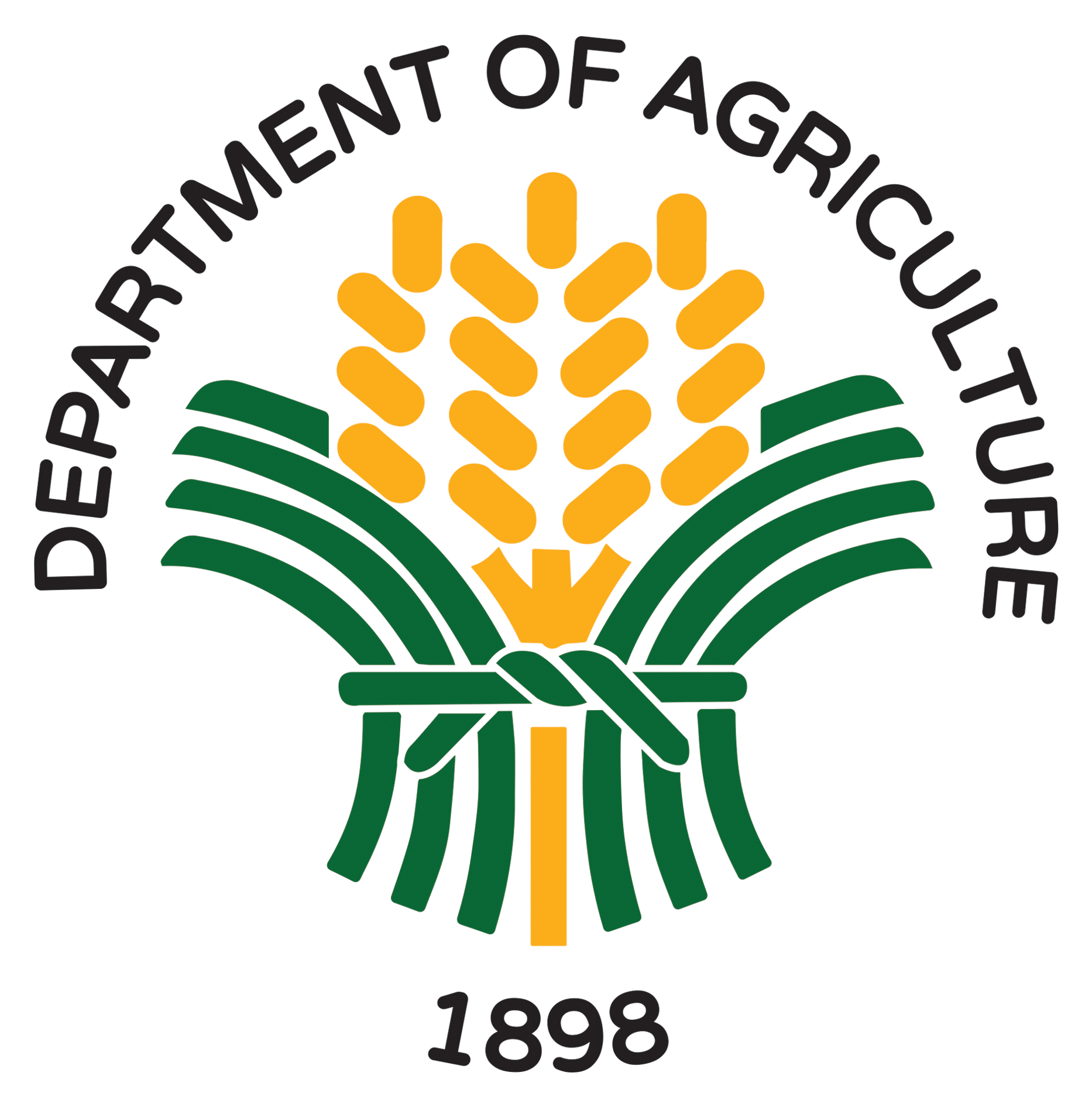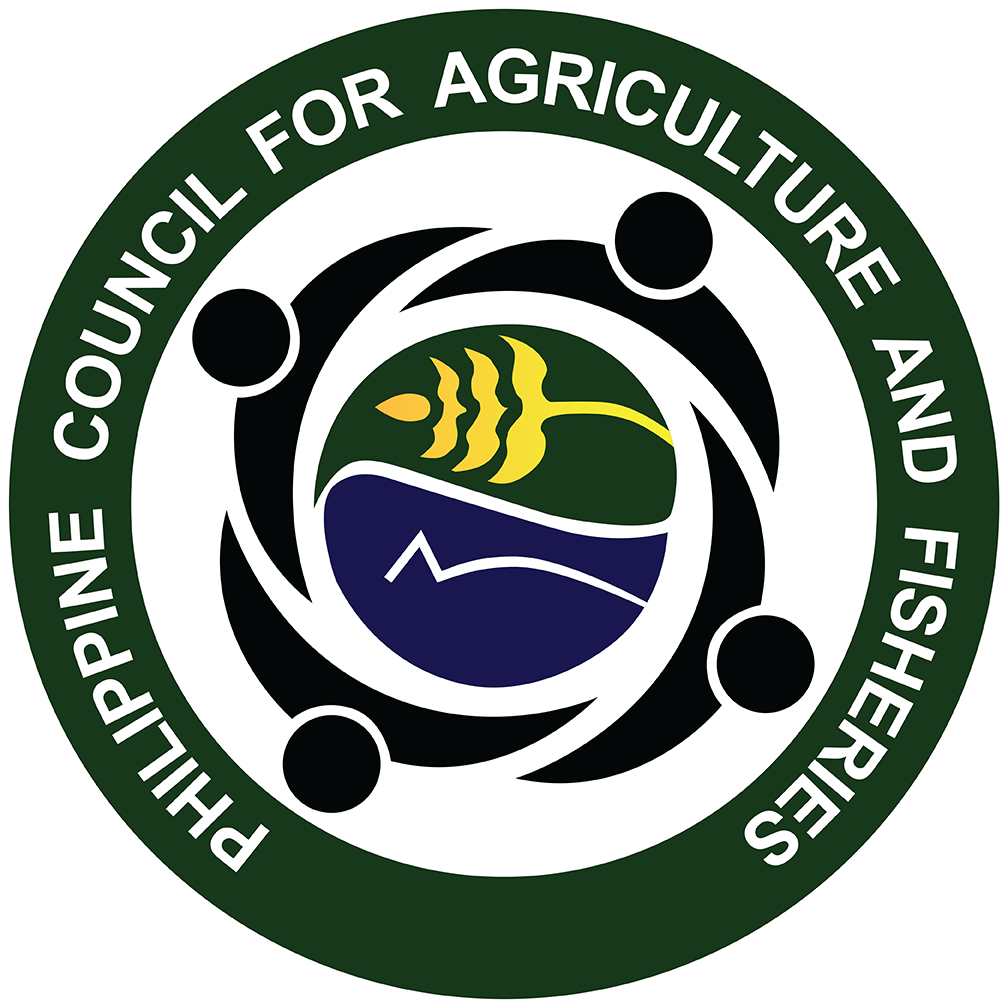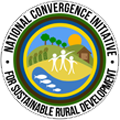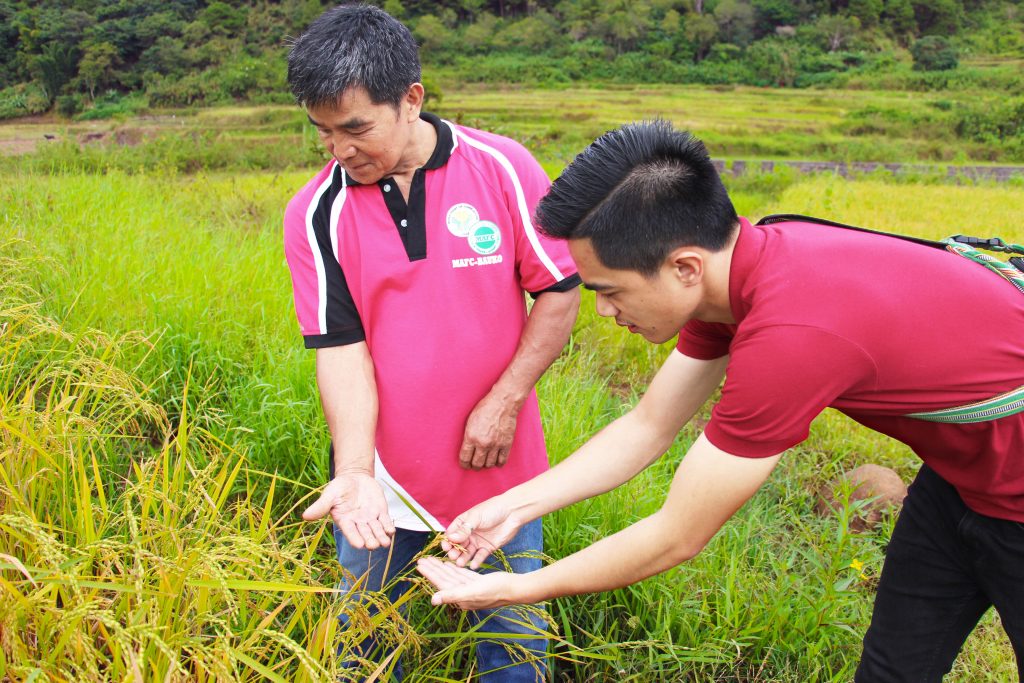
For generations, Cordillera heirloom rice varieties have weathered an unforgiving climate and the harshest of terrains, and have developed resilience against pests and diseases which could devastate even newer hybrid varieties.
In a way, the plight of the very farmers who continue to cultivate them mirrors the heirloom rice varieties’ story of survival and endurance.
Some stories resonate dedication and passion towards heirloom rice and one of the notable narratives is that of Ramon Calde, Sr.
Chairperson Calde has been part of the Agricultural and Fishery Council (AFC) since 2013 and currently serves as the Provincial AFC (PAFC) Chairperson of Mountain Province.
In an interview, he shared how he combined his extensive knowledge of organic farming and meticulous rice crop management to continue producing balatinaw and gilgilang varieties, which have been passed from generation to generation in their family.
“Our family has been planting heirloom rice, from my ancestors to my grandparents to my parents,” according to PAFC Chair Calde, whose family also received a Gawad Saka Award for Outstanding Farmer/Fisherfolk Family at the regional level in 2013.
PAFC Chairperson Calde’s integrated farm is a demo farm that hosts action research and training on heirloom rice farming and organic fertilizer production. They promote the use of composting, local sunflowers, Azolla, and rice hulls, as a more sustainable solution to rising fertilizer prices.
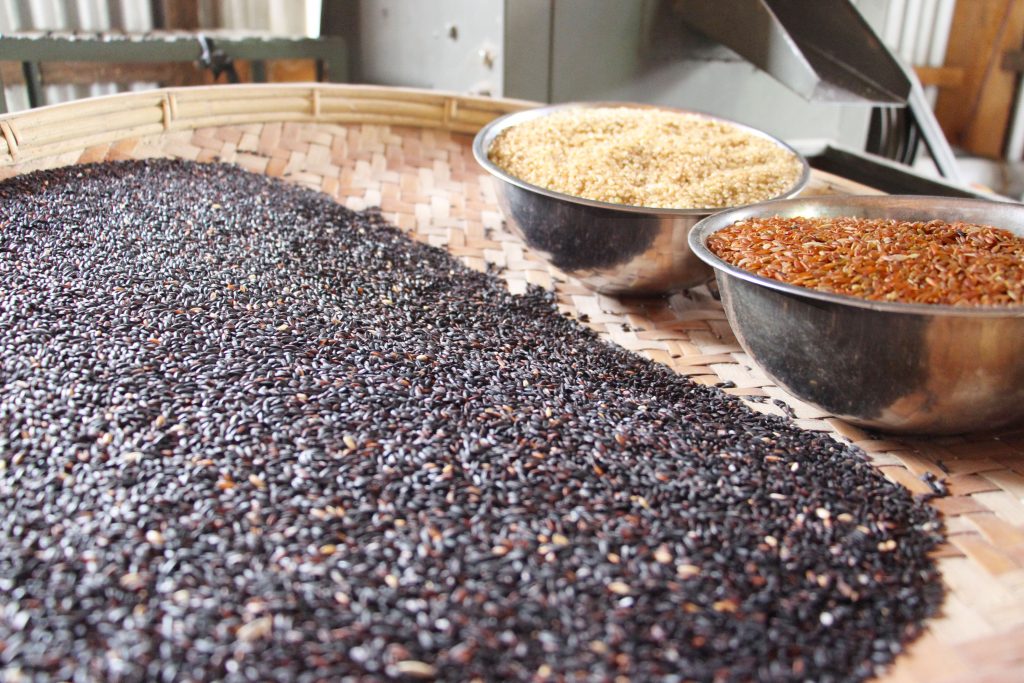
Like how heirloom rice varieties pass on their most desirable traits, heirloom rice farmers continue to observe and celebrate the rich history and unique cultural practices associated with rice farming.
According to Coulen Lic-paen, Municipal AFC (MAFC) Chairperson of Bontoc, Mountain Province, communal farming practices (“ogfu”) and special holidays (“tengao”) during planting and harvesting seasons are still observed in their town. Residents from Itogon, Benguet also continue to produce heirloom rice wine, which their MAFC members endearingly referred to as a practice of the “true Igorot”.
These traditions are even observed in Baguio City, particularly in Brgy. Happy Hollow, the home of RAFC Chairperson Ryan Palunan, the youngest Regional AFC (RAFC) Chairperson in the history of the AFC. When “kanyaw” is held in Brgy. Happy Hollow as a post-harvest celebration, all are invited regardless of their ethnicity (Ibaloi, Kankanaey, Kalanguya, etc.).
According to RAFC Chairperson Palunan, “our agricultural rituals and special occasions are unique and are something to be proud of, so we should preserve them for the next generations.”
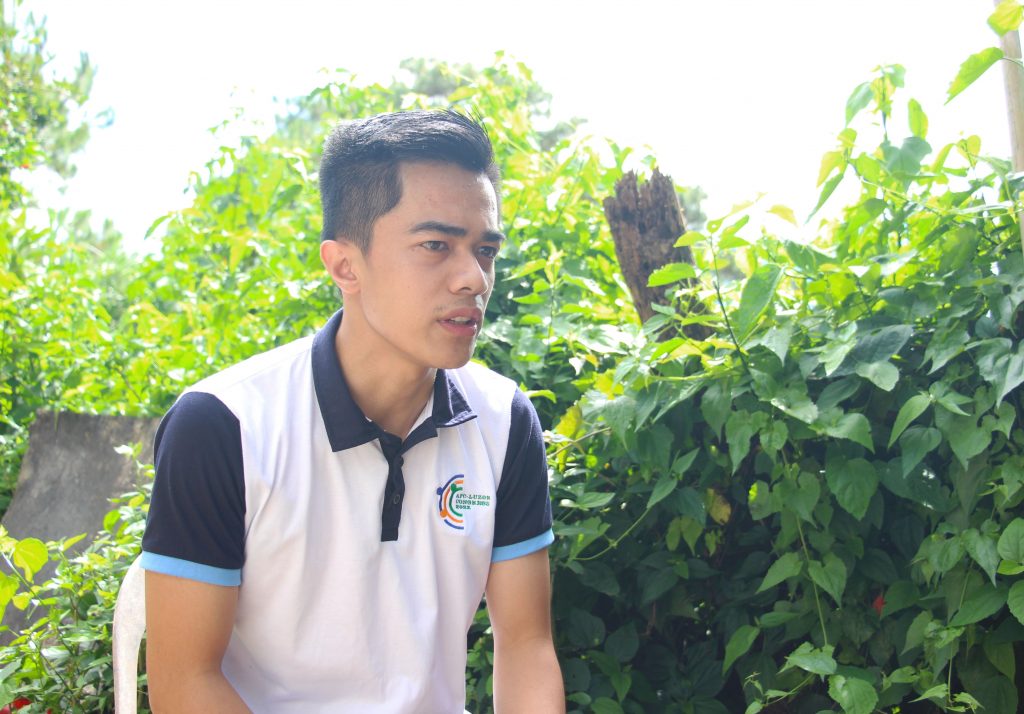
But the preservation of these customs, and even heirloom rice farming as an industry, is now an uphill battle due to urbanization, climate change, and economic concerns. Areas that used to produce heirloom rice are now shifting to high-value crops, and in worse cases, are being abandoned.
Before the 1990 earthquake, Brgy. Happy Hollow used to be the “rice granary” of Baguio City. However, the calamity affected their terrain and water sources, with the last reported planting of heirloom rice taking place in the early 2000s. The residents of Happy Hallow are also facing the threats brought by urbanization with ancestral domain issues.
Up until the post-war years, the town of Itogon was also self-sufficient in terms of rice production, and can even supply the whole Benguet area. Sadly, with the decreasing number of farmers due to the aging farmer population and the conversion of farmlands to residential areas and resorts, their rice production continues to decline.
Heirloom rice needed support
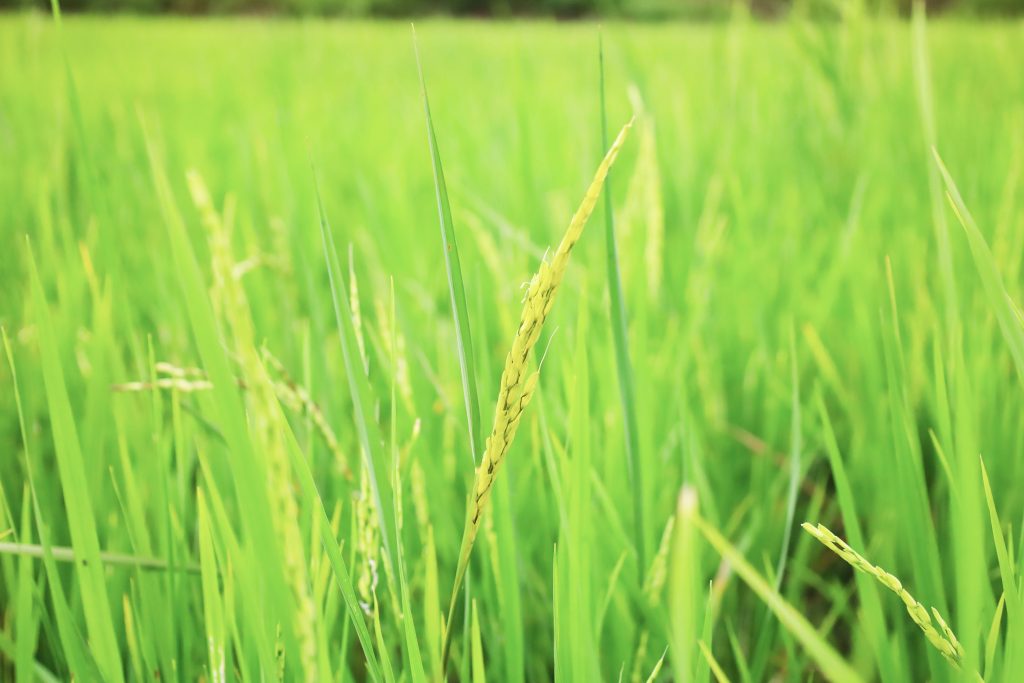
MAFC Itogon Chairperson Romeo Casilla said: “We need to protect the heirloom rice industry. We should design and promote ways to encourage locals to continue planting them. Through the rice focal persons, we should work towards increasing heirloom rice production.”
Rice focal persons, like Jay Sano of the Municipal Agriculture Office (MAO) of La Trinidad, are working tirelessly to increase rice production and to solve the various issues faced by rice farmers.
Even though their farmers are prioritizing high-value crops like vegetables and strawberries, the MAO of La Trinidad continues to provide much-needed training and support to them, through fertilizer subsidies and training on pest control and new technologies, like the Rice Crop Manager Software of the International Rice Research Institute.
Other projects supporting the heirloom rice farmers of Cordillera include training on the more sustainable System of Rice Intensification (SRI) method, new infrastructures (irrigation, bridges, and pathways), and a recent project of the Bureau of Fisheries and Aquatic Resources to provide heirloom rice farmers with tilapia to supplement their food production.
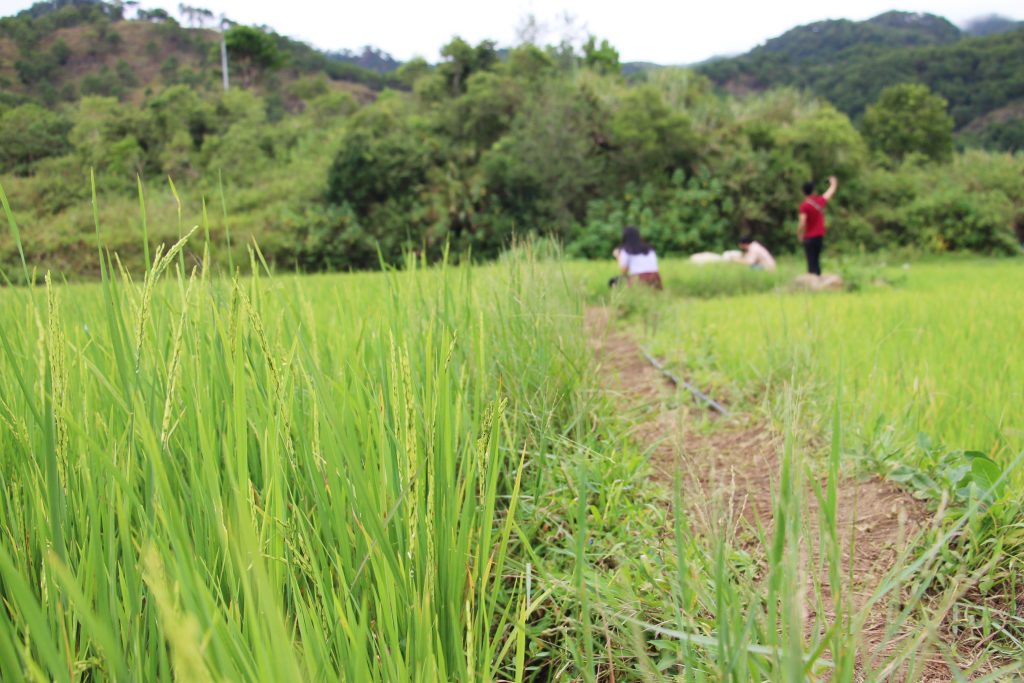
A Commodity Industry Roadmap (CIR) specifically for heirloom rice is also being prepared, according to RAFC Chairperson Palunan. CIRs serve as blueprints and guides to help industry stakeholders apply a value chain approach to increase their yields and incomes, realizing inclusive growth for the sector.
The Municipal Agriculturist of Sagada, Carmen Fomeg-as, also called for a separate banner program for heirloom rice, since regular rice programs focus mostly on hybrid and certified varieties, which might be incompatible with highland areas.
Interventions more compatible with highland areas were also suggested by the AFCs, with MAFC of Itogon suggesting the distribution of more heirloom rice planting materials, and MAFC of Bontoc suggesting the provision of machinery more suitable to their terrain since their rice fields are narrower compared to lowland areas.
According to RAFC Chairperson Palunan, “newer technologies should be combined with indigenous knowledge to increase production and to keep up with demand.”
In terms of demand, heirloom rice farmers are currently exporting to the United States and are also selling their surplus in Baguio and Manila, indicating that there is a growing market for them. Bontoc MAFC Chairperson Lic-paen said that this could be a sign that we need to prepare the local heirloom rice industry to be more competitive on a global scale and to explore and establish more market linkages.
The MAFC members of Itogon also pointed out that since heirloom rice is sold at a higher price, its profitability and marketability could be demonstrated and promoted to local farmers and agri-entrepreneurs, which in turn could encourage them to invest and commit more to producing heirloom rice.
The preservation of the Cordillera heirloom rice would not only maintain the desired genetic traits of this commodity, but would also uphold and sustain the rich tradition of rice farming in the region, along with the unique agricultural rituals and practices. Like the communal farming practice of “og-ogfu”, the preservation of these enduring rice varieties is now a collective issue that demands the attention of the whole agri-fishery sector.
Notwithstanding all the stories and support needed for the industry, farmers like PAFC Chairperson Calde and RAFC Chairperson Palunan still continue to hold on to their cultural heritage through acknowledging the importance of heirloom rice and championing its continued supply amid the myriad of issues and concerns affecting this traditional commodity. | SMA





